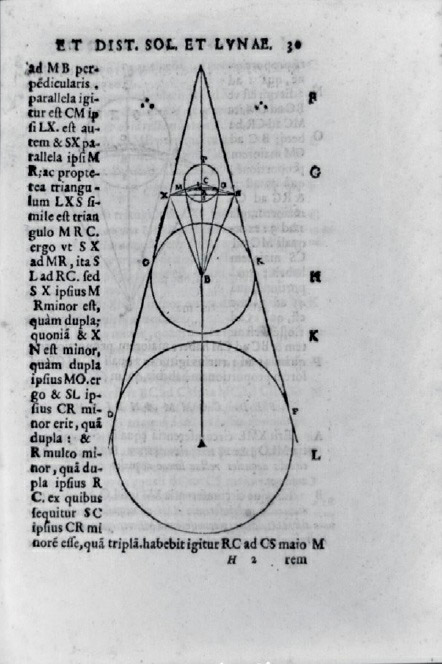Aristarchus of Samos, an ancient Greek astronomer, dared to challenge the prevailing geocentric view of the cosmos held by influential philosophers like Plato and Aristotle. His observations and calculations led him to propose a heliocentric model, where the Earth and other planets orbit the sun. Through geometrical assessments, Aristarchus deduced the significant distance and size of the sun relative to the Earth and the moon, concluding that the immense sun couldn’t possibly revolve around a much smaller Earth.
Despite the logic of his reasoning, Aristarchus’s ideas faced ridicule and dismissal in his time, particularly overshadowed by the geocentric teachings of the Egyptian astronomer Ptolemy. It wasn’t until the sixteenth century, with the works of Copernicus and Kepler, that the heliocentric model gained traction, effectively displacing the long-standing geocentric view. Aristarchus’s early insights laid the groundwork for this astronomical revolution, marking a pivotal point in the understanding of our universe.

